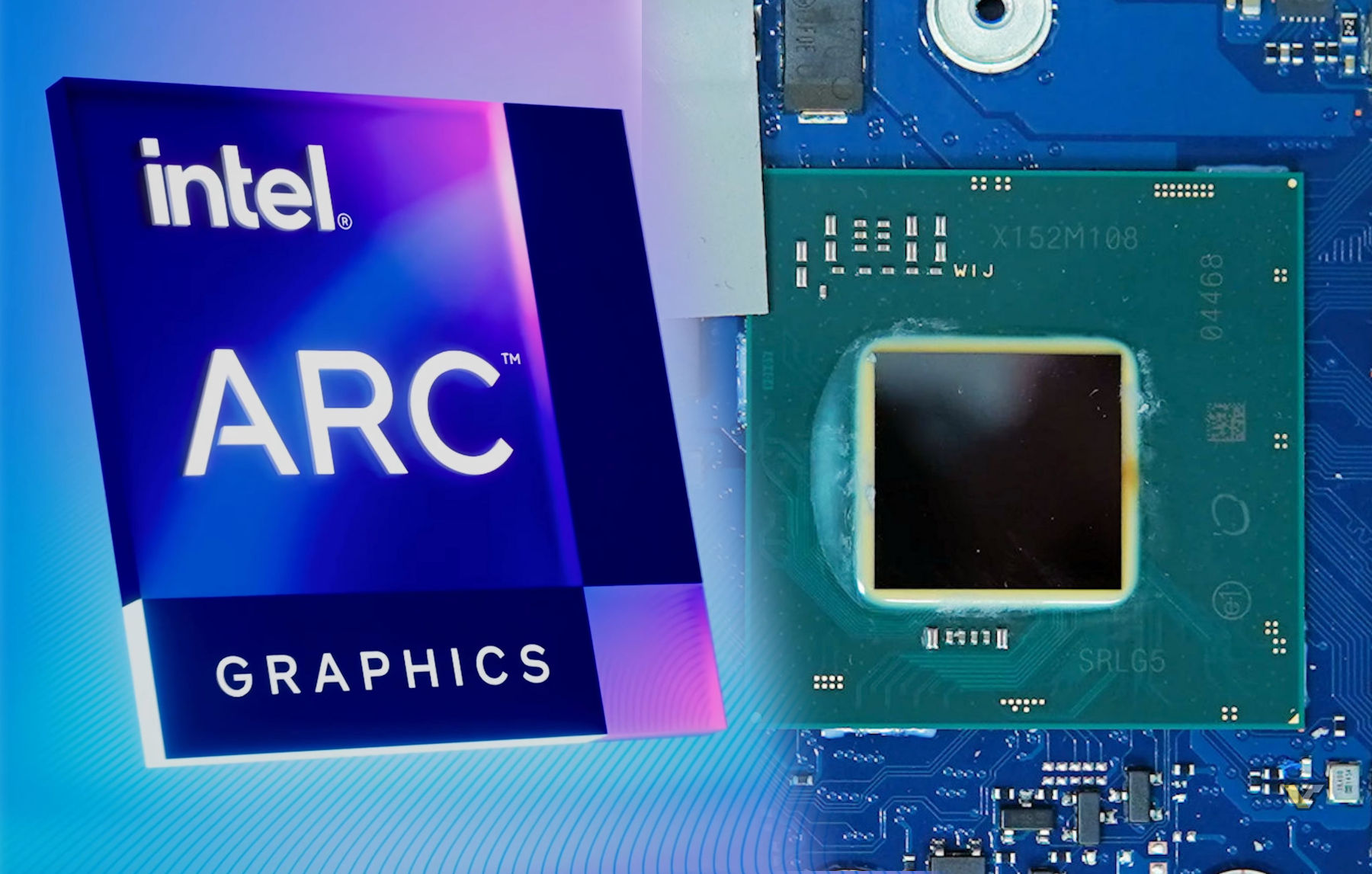While definitely a niche product, one area where I think Intel has done some quality engineering is with their NUC enthusiast products. They're basically high-end laptops without the screen, and are Intel's answer to the Mac mini. The last version, marketed as NUC11PHKi7C, is better known under its code name, Phantom Canyon. (There were complaints about the M1 Pro/Max/Ultra names being confusing, yet somehow Intel product names are okay.) The last version had a 4C/8T Tiger Lake CPU with an Nvidia mobile RTX 2060. You can replace the RAM and SSD, but not much else. So, it's similar to the Intel generation of Mac mini. Here's Phantom Canyon:

Other than the silly glowing skull gimmick, I think it's a respectable piece of engineering, and Intel was able to keep it surprisingly quiet. It's not a mass-market device, but wasn't meant to be. With similar specs, it also happens to be twice the price of the M1 Mac mini, $700 vs. $1,400, without an operating system. Still, if you want a small, quiet PC that can play Windows games, it probably fits in with the "enthusiast" crowd that it was marketed toward.
It must be financially successful, because Intel has been making versions of it for years. The bizzaro world Hades Canyon, which was released in 2018 when hell froze over, was co-designed with AMD, featuring an 8th gen Intel CPU paired with a custom AMD Vega mobile GPU.
Now, Intel has been working on the latest version, namely Serpent Canyon, and the leaked specs look much improved compared to its predecessor. The CPU is a Core i7-12700H 6P/8E Cores, 20 Threads, 4.7Ghz, with 24MB cache. That's a nice improvement over the Tiger Lake CPU in the previous model.
However, Intel is dumping Nvidia in favor of it's own graphics, namely an Arc A770M GPU with full ACM-G10 processor with 32 Xe-Cores and a total of 16GB GDDR6 memory. Since this is a small form factor, they aren't competing with desktop cards, but there are a lot of questions surrounding drivers. I'm sure Intel would prefer to push its own solution, but if the drivers aren't ready, then they could significantly impact this product.
I would note that they increased case the size, and therefore cooling, in Serpent Canyon:
Personally, I think it looks better when laid horizontally:
Regardless, you can see that Intel had to increase case volume, but at least you get full-size DisplayPort connectors, instead of mini-DP. Originally, Serpent Canyon was supposed to launch in Q2 of this year, along with the majority of the Arc dGPU line, but it's been pushed back until about Q4, with Q1 of 2023 being more likely for general availability.
No word on pricing, but it's probably going to be in the same $1,500 range as its predecessor, which is again, twice the price of the Mac mini. That being said, there are a number of competitors in the small desktop computer form factor space, and almost all of them suck. The performance is typically crap and the fan noise is unbearable. Thus far, Intel's engineers have done a good job of keeping these enthusiast NUC devices quiet, which considering they've got a high-end laptop CPU and dGPU inside, is an achievement.
As someone is currently using a 2018 Intel Mac mini, my fourth mini since I switched to Mac in 2005, I want to see more competition in this space. I plan on replacing my 2018 mini with an M3 generation Mac, most likely either another Mac mini with an M3 Pro, if such a device ever gets released, or a Mac Studio with an M3 Max. While I'd never give up my Mac for an x86 Windows machine, I'd consider getting one of these for PC games on the side. It would be reasonably easy to share peripherals between the two and neither would take up much desk space. If Apple's push with Metal 3 for Mac gaming is successful, then I won't have to consider the NUC, but it's always good to have options.
However, Intel is having a difficult time getting its act together with Arc. The problem seems to be with drivers, while AMD and Nvidia have many decades of experience, and of course Apple controls the entire stack. It would be a shame for Intel's enthusiast mini PC offering to be DOA because they pushed Arc into it too soon. On paper, it looks great, but it remains an enthusiast product. If those enthusiasts can't take advantage of the GPU because of shoddy drivers with first-gen silicon, then it could kill the entire product line.
I have to wonder, if by the time Intel gets its drivers sorted out, the PC chip guys will realize that Apple has the right of it and will move to a fully integrated SoC, thus rendering this concept obsolete. Sometimes it's fun to gawk at the PC guys and wonder what they were thinking, but I do want this product to succeed, because the Mac mini and Mac Studio could use the competition. However, Intel's GPU choices may kill the product before it even launches.



